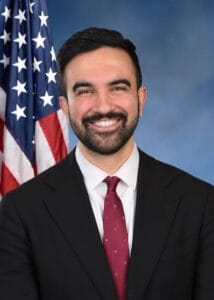Ukraine hints at 2025 end to war with Russia
the conflict between Ukraine and Russia has raged on, reshaping geopolitics in Eastern Europe and beyond.

For nearly three years, the conflict between Ukraine and Russia has raged on, reshaping geopolitics in Eastern Europe and beyond. With tens of thousands of casualties and extensive destruction, the war has drawn international attention as a broader test of NATO’s strength and post-Cold War global dynamics.
However, recent comments by Ukrainian President Volodymyr Zelenskyy have sparked cautious optimism for a shift toward peace by 2025.
“If we want to stop the hot phase of the war,” Zelenskyy told Sky News, “we need to take under the NATO umbrella the territory of Ukraine that we have under our control.” This would, he said, prevent further Russian advances while seeking to reclaim occupied territory through diplomatic efforts.
Zelenskyy’s remarks reflect a departure from his previously uncompromising stance on regaining all of Ukraine’s occupied lands. Around 20% of Ukraine remains under Russian control, and for the first time, Zelenskyy has hinted at a potential ceasefire that could involve temporary territorial concessions. His suggestion aligns with growing public sentiment, as a recent poll indicated nearly half of Ukrainians support NATO membership even if it means some areas remain under Russian occupation.
“Zelenskyy’s rhetoric is subtly shifting,” The Wall Street Journal noted, describing it as a significant concession. In an interview with Japan’s Kyodo News, Zelenskyy admitted the Ukrainian military lacks the strength to reclaim all occupied territories, stressing the importance of pursuing “diplomatic solutions.”
This shift comes amid internal diplomatic changes and external political pressures. Zelenskyy has urged allies to expedite Ukraine’s NATO membership, which he described as “achievable.” The Guardian reported that his recent diplomatic shake-up, including the replacement of Kyiv’s envoy to the United Nations, reflects his urgency in strengthening international alliances.
Compounding the situation is the looming uncertainty of U.S. foreign policy under President-elect Donald Trump. Trump has twice avoided directly answering whether he supports Ukraine’s victory in the war, raising concerns that Kyiv could face unfavorable terms in any negotiations.
“Trump’s election has added new urgency to Zelenskyy’s push for diplomatic resolutions,” The Washington Post quoted former U.S. Ambassador to Russia Michael McFaul as saying. McFaul suggested Zelenskyy now has a pretext to soften his stance, explaining to his constituents that “things have changed” under the new U.S. administration.
Despite these developments, NATO officials remain wary of any settlement that could embolden adversaries like Russia, China, and Iran. NATO Secretary-General Mark Rutte told The Wall Street Journal that a bad deal could signal weakness to authoritarian regimes, stressing the importance of maintaining collective global security.
While Zelenskyy’s shift offers a glimmer of hope, the path to peace remains fraught with challenges. Whether 2025 marks the end of Europe’s bloodiest conflict since World War II will depend on intricate diplomacy, military realities, and the political will of global powers.













